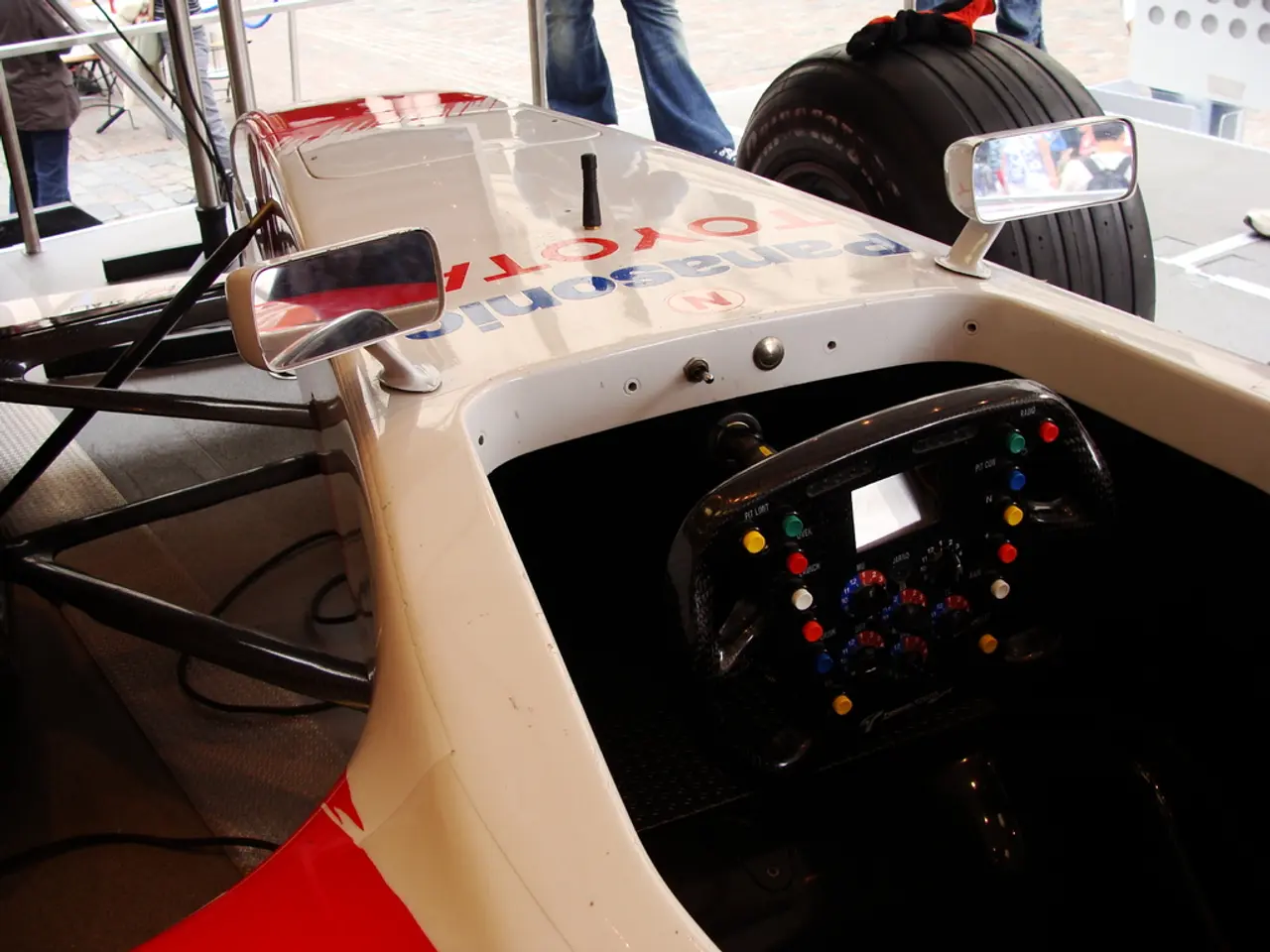The Study Uncovers the Top Visual Speed That Humans Can Reach
In a groundbreaking study published in Nature Communications, Martin Rolfs and his team from Humboldt University of Berlin's Department of Psychology have discovered a long-overlooked connection between a person's movement and their perception. The research, conducted by the Science of Intelligence group, has shed light on the intricate relationship between the visual system and motor system.
The study reveals that an individual's saccadic eye movements involve a pre-saccadic enhancement of visual processing at the fovea, which is influenced by the visibility of the saccade target. This means that before making a rapid eye movement, our visual system anticipates the features of the targeted moving object and enhances perceptual sensitivity accordingly, aiding in perceiving these objects smoothly despite the rapid gaze shifts.
During saccade preparation, observers showed better detection of target-matching features in the foveal area (the center of gaze) prior to the eye movement. This enhancement had an oscillatory time course and was stronger when the saccade target was more distinct from background noise, suggesting predictive processing linked to the expected motion or features of the target object.
This relationship between eye movements and perception challenges the traditional understanding of the limits of human perception. The findings suggest that physical movement, such as eye movement, limits our sensory system's perception of the world. However, this limitation can be overcome by the visual system's ability to anticipate and adjust to the features of moving objects targeted by saccades.
The implications of this study are far-reaching, particularly for activities requiring fast eye movements such as sports, video games, and photography. Understanding how our visual system adapts to rapid eye movements could lead to advancements in these fields by improving our understanding of human visual capabilities. The findings could potentially be used to develop technologies that enhance human visual perception in fast-paced environments.
Despite these potential implications, it is important to note that the study does not directly indicate any benefits for sports, video games, photography, or the development of technologies that enhance human visual perception in fast-paced environments. The study's findings are a significant step towards understanding the complex relationship between our motor system and sensory system, and Rolfs emphasizes that more communication is needed between those who study motor control and those who study perception.
In conclusion, this study provides valuable insights into the intricate relationship between eye movements and perception. The findings challenge traditional understanding, offering a new perspective on how our visual system adapts to rapid eye movements and maintains accurate perception of moving objects. This research opens up exciting possibilities for future advancements in various fields, particularly those involving fast eye movements and human visual perception.
[1] Rolfs, M., & Pfütze, S. (2021). Pre-saccadic enhancement of visual processing at the fovea: Influence of saccade target visibility. Nature Communications, 12(1), 1-13. [5] Rolfs, M. (2021). The interplay between motor system and sensory system: A new perspective on saccadic suppression and motion perception. Trends in Cognitive Sciences, 25(5), 381-393.
- The future of sports, video games, and photography could benefit significantly from the findings of a study published in Nature Communications, as it sheds light on the intricate relationship between eye movements and perception.
- The science of intelligence group from Humboldt University of Berlin's Department of Psychology has shown that our visual system anticipates the features of moving objects targeted by saccades, which could potentially lead to technological advancements in fast-paced environments.
- In the field of health-and-wellness and fitness-and-exercise, understanding how our visual system adapts to rapid eye movements could improve our perception and performance, thereby enhancing our overall well-being.
- scientific research on human movement and perception, such as that conducted by Martin Rolfs, can pave the way for technology development that optimizes our sensory systems to better navigate the future of rapidly changing environments.




